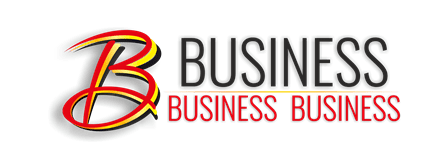The importance of diversity and inclusion in all aspects of life is an essential part of a caring, strong, and empathetic society. They promote connection, compassion, and empathy in our communities. They encourage creativity, innovation, and insight in our workplaces.
According to studies, providing equal opportunity and inclusiveness is beneficial for businesses with people with impairments, especially those that provide services to persons with disabilities. Embracing accessibility creates a culture of understanding and awareness, allowing you to better serve your clients’ needs while also ensuring that disabled employees are assisted in achieving their goals.

Accessibility and Signage
Australian law requires that disabled people be able to acquire your products or services in the same way as other customers. As a result of this, better access will benefit both employees and consumers, while also fulfilling legal obligations.
“Having highly visible markings along pathways or on steps, installing good lighting for those who are visually impaired, including an ample amount of disabled parking spots, installing ramps and signs that use braille, large fonts, audio or video are all fantastic ways to create a space that is inclusive and accessible” says disability care provider Ara-Aid.
“Install handrails along walkways, up ramps and stairways and in the bathrooms and add safety stickers to reflective glass to create an inclusive environment that is accessible for all”.
Safe and Smooth Flooring
“Many individuals in our community utilise canes and wheelchairs for mobility” says the flooring experts from Chapman Floor Coverings.
Ensuring floors are smooth and don’t have any bulky mats that could be trip hazards or block wheelchairs from being able to operate properly.
Evacuation Safety
Evacuations can occur within businesses for a number of reasons. Whether it be a fire, robbery or other dangerous situation, ensuring that everyone in your business can evacuate safely and easily is essential. When you are making an evacuation plan you should ensure it is inclusive of people with disabilities.
It is a good idea to also provide any employees who have a disability with a Personal Emergency Evacuation Plan (PEEP) so they can be prepared ahead of time. You should notify the fire warden of each PEEP and implement a buddy system so employees with a disability have support if they need it.
Accessible Restrooms
You should always offer a restroom option on the ground floor of your business particularly if you don’t have an elevator.
“Bathrooms should have 2300 x 1900mm of circulation space and the distance from the top of the toilet seat to the floor should be 460mm–480mm” says Gentec Australia who provide accessible bathroom solutions. “It is also important to clearly label the outside of the bathroom with an accessible sign, make sure the doorway is at least 700 mm and the room is fitted with handrails to make it easy to access for everyone”.
Taps and soap dispensers should be accessible and sanitary bins should be placed on the wall side of the toilet so wheelchair users can easily use the other side for transfer. For a full list of accessible restroom requirements refer to this guide.
Ensuring that your doorways and walkways are wide enough for everyone to use is essential and ensures everyone will be able to enjoy all areas of your space. Making sure there are no obstructions like pillars or crowded furniture is a great way to easily make your venue more accessible.



















